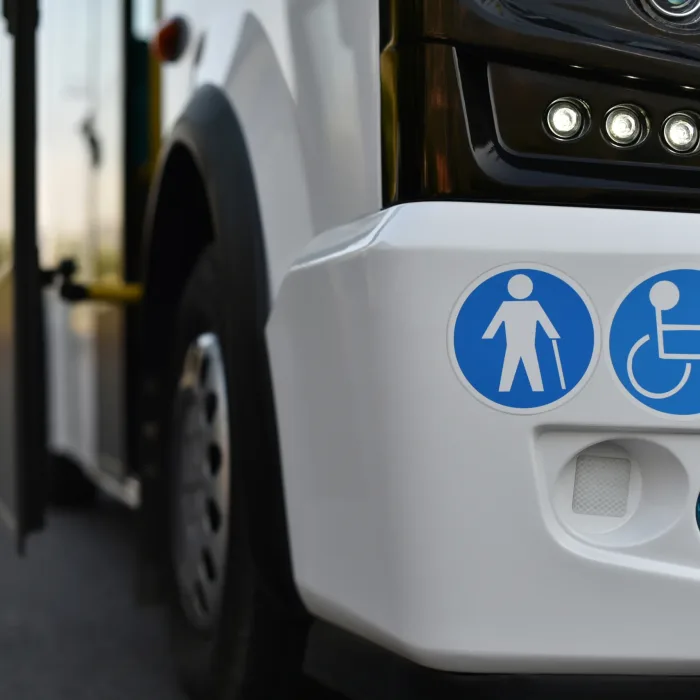
Planning for the future of a loved one’s care—or even your own—can feel overwhelming. Families want reassurance that as needs change, the right support will always be available. This is where the concept of a continuum of care comes in. In particular, Continuing Care Retirement Communities (CCRCs) are designed to provide multiple levels of support in one setting, ensuring that transitions from independent living to assisted living and, eventually, to skilled nursing care are as smooth as possible.
For many families exploring Senior Living options, CCRCs represent peace of mind. Rather than moving a loved one from one community to another as their needs increase, a continuum of care allows for seamless transitions within the same environment. This stability helps preserve relationships, routines, and overall quality of life while also simplifying the care planning process.
In this article, we’ll explain how CCRCs function, why they may be a good long-term solution, and what to consider when evaluating whether this model of Senior Care is the right fit for your family.
Understanding the Continuum of Care
At its core, a continuum of care means that a community provides multiple levels of services under one umbrella. Residents may begin in independent living, where they enjoy a vibrant, maintenance-free lifestyle with access to amenities, activities, and social opportunities. As needs change, they can transition to assisted living, which provides more personalized support with daily tasks like medication reminders, bathing, and meal preparation.
If medical needs become more complex, residents can move to skilled nursing care, which includes round-the-clock medical oversight, rehabilitation services, and more intensive support. The key benefit is that all of these levels of Senior Living are offered within the same campus, reducing the stress and disruption of relocating to entirely new senior facilities.
This integrated model creates consistency for both residents and families. Staff who already know the resident can provide continuity of care, and the familiar environment helps ease transitions. The continuum of care ensures that seniors are supported at every stage, from active independence to advanced medical needs.
Benefits of Seamless Transitions
The seamless nature of transitions in CCRCs is one of their strongest advantages. Seniors do not have to endure the stress of uprooting their lives each time their care needs change. Instead, they remain within a supportive community, surrounded by familiar faces and routines.
For example, a resident who begins in independent living may enjoy years of freedom and social activity. When they require assistance, they simply move to another part of the community, often just a short walk away. Their friends, favorite dining venues, and activities remain part of their daily lives. This helps preserve emotional well-being, which is just as important as physical health.
Families also benefit from knowing their loved one is in a community capable of meeting changing needs. Instead of searching for new senior facilities during a time of crisis, they can trust that the right level of Senior Care will always be available within the CCRC. This peace of mind is a major reason many families choose the continuum of care model.
Financial Considerations in CCRCs
When evaluating a CCRC, it’s important to understand how the financial model works. Many communities operate with an entrance fee plus monthly charges. The entrance fee secures a place within the community and often covers access to multiple levels of care. Monthly fees cover day-to-day expenses, including housing, meals, and activities.
While the cost structure can feel complex, families should view it as an investment in long-term security. By locking in access to various levels of Senior Living, residents and families avoid the uncertainty of future moves or fluctuating care costs at separate senior facilities.
It’s a good idea to ask communities how fees are structured, what services are included, and how care costs may change over time. Transparent information allows families to plan effectively, and many CCRCs offer resources to help prospective residents understand their options clearly.

What to Look For When Touring a CCRC
If you’re considering a continuum of care community, touring the campus is an essential step. Families should look beyond the beautiful grounds and amenities to understand how transitions between levels of Senior Care are handled.
Here are a few questions to guide your visit:
- How are transitions managed when a resident’s needs increase?
- What supportive services are included at each level of care?
- Are residents able to stay connected with friends and activities as they move between independent living, assisted living, and skilled nursing?
- How is communication with families handled during care transitions?
In addition, observe the overall environment. Do residents appear engaged and comfortable? Do staff interactions reflect warmth and familiarity? These observations can reveal how the community prioritizes both care and quality of life.
Who Can Benefit Most from CCRCs
Continuing Care Retirement Communities are a strong option for seniors who want to plan ahead and ensure stability as they age. Active adults may choose independent living now, knowing that additional support is available if and when it’s needed.
CCRCs are also a good fit for couples with different care needs. For example, one spouse may remain in independent living while the other moves to assisted living or skilled nursing, all within the same campus. This arrangement allows couples to remain close to one another without the stress of living in separate senior facilities.
Ultimately, the continuum of care model provides flexibility and reassurance, making it an appealing choice for many families seeking comprehensive Senior Living solutions.
Evaluating Long-Term Fit
While CCRCs offer many advantages, families should still carefully evaluate whether they align with long-term preferences and goals. Some seniors may prefer smaller communities or wish to age in place at home with the help of outside services. Others may appreciate the all-in-one approach of a continuum of care.
When comparing options, consider lifestyle, budget, and the types of services most likely to be needed in the future. Touring multiple communities, reviewing policy details, and speaking with current residents can help families make a confident decision.
The most important factor is ensuring that the community feels like home—a place where seniors feel comfortable, supported, and engaged throughout every stage of their journey.

Conclusion
Continuing Care Retirement Communities provide a unique model of Senior Living that supports seamless transitions from independent living to assisted living and skilled nursing. By offering a continuum of care, CCRCs ensure that seniors receive the right level of support at the right time without the stress of moving between different senior facilities.
For families, this model offers peace of mind, consistency, and reassurance that their loved one’s evolving needs will always be met. When evaluating whether a CCRC is the right choice, consider not just the amenities but also how transitions are managed, how staff support continuity, and how the community aligns with your family’s long-term goals for Senior Care.
At Living Your Choice, we are dedicated to enhancing the quality of life for seniors by helping locate the right type of senior-living community based on your personal preferences and lifestyle. If you are exploring care options, we invite you to contact us today to learn how we can guide you through the process with clarity and confidence.











